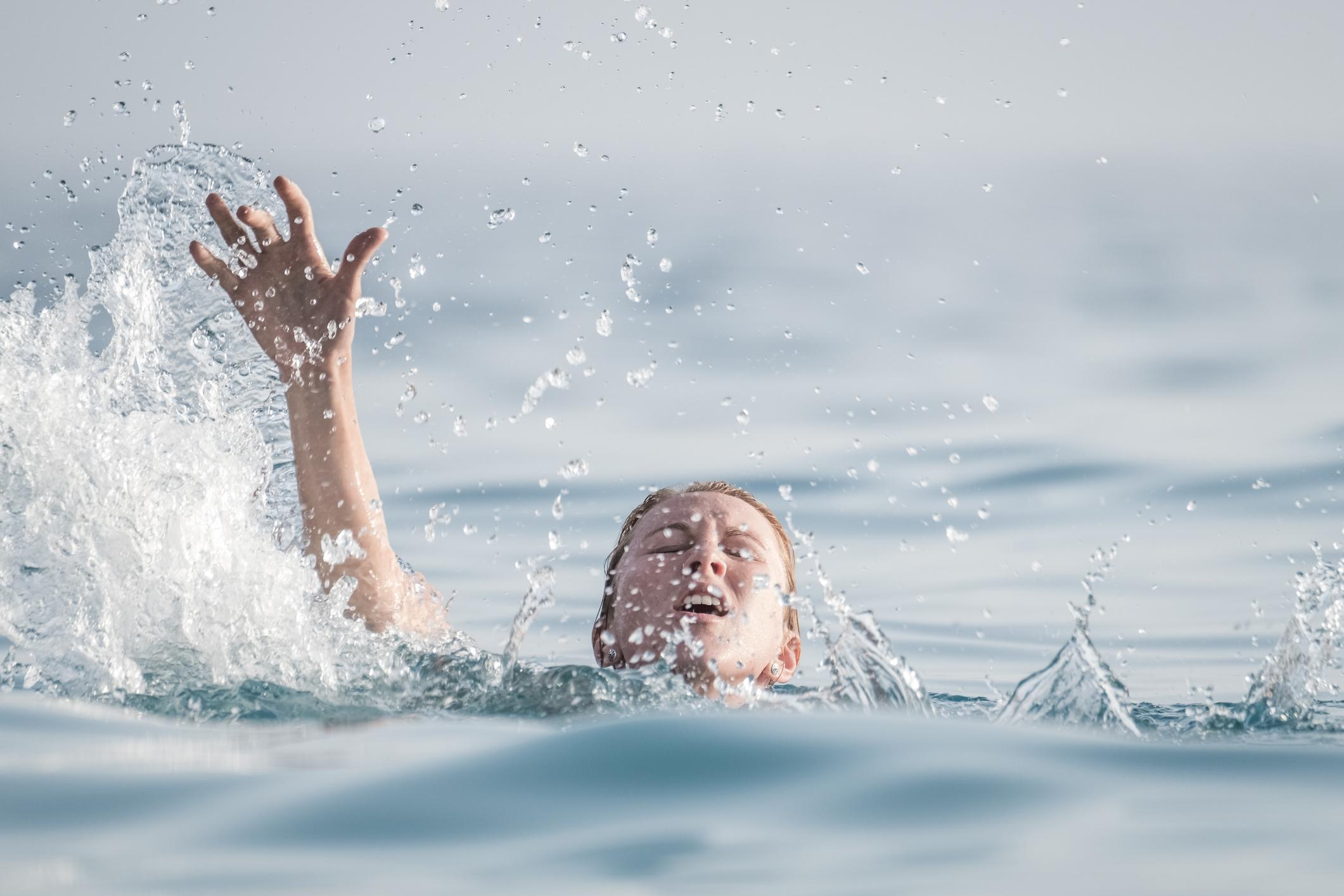Researchers have analyzed the countless injuries suffered by Tintin during his adventures. According to them, the reporter is a superhero!
-1431702768.jpg)
We have all read a comic strip by Tintin, the famous reporter-traveler with the red powder puff accompanied by his faithful sidekick Snowy. And the least we can say is that over the course of the 23 albums, the character created by the Belgian Hergé will have accomplished great things. Loosely, he succeeds in putting an end to Al Capone’s criminal activities, in defusing an armed conflict in Central America before of course being the first man to walk on the moon. However, these exploits were not without consequences for Tintin’s health.
A meticulous research protocol
A very serious team of scientists looked at the glitches encountered by the hero through his adventures and their possible consequences on his health. In total, in the twenty albums produced between 1930 and 1976, Tintin experienced no less than 244 major or minor health problems. Is the reporter indestructible?
“Not big but resistant”, this is what emerges from the study carried out by four French, one American and one British, and the results of which are published in The Medical Press.
To identify and analyze the problems encountered by Tintin, two of the six doctors reread his adventures entirely with a reading grid adapted to their specialty (trauma, infectious diseases, etc.).
Eric Caumes from the infectious diseases department of the Pitié-Salpêtrière hospital (Paris): “We reread all the adventures with a particular reading grid in order to compare our results “
“The aim was to find out if Tintin had any health problems linked to travel. We were quite disappointed from this point of view because it has no problem with infectious diseases, these concerns are more related to trauma, ”says Eric Caumes, one of the authors. The doctor adds that Tintin should “normally have had at least one traveler’s diarrhea”, given the large number of countries visited (from America to the Middle East via Syldavia and Borduria, fictitious states).
62% head trauma
The authors thus counted no less than 244 health problems for Tintin, of which 191 are accidents (falls, car collisions, etc.). If the latter can be divided into several distinct sub-groups, head trauma wins hands down: they concern 62% of the injuries from which our hero suffered. Indeed, Tintin’s skull is often damaged during his travels, whether because of his falls or the blows (with a truncheon, especially) that he receives over the stories.
The other accidents are varied. If he is confronted with problems of insomnia and anxiety, gas and chloroform poisoning (13% of accidents) remain one of the favorite means of Tintin’s enemies to put him out of “harm” condition. .
In the end, Tintin was the victim of 55 attempted homicides during his numerous trips for 13 attempted kidnappings. And despite everything, he was only hospitalized six times for two surgeries. Incredibly low numbers when you lead such an existence!
Long-term risks
In the end, our hero’s whole body is martyred in Hergé’s comics. The back and ribs are often affected during fights but it must be said that the neck, shoulders and feet are not spared either.
But what would have been the consequences of all these misadventures on a normal organism? If Tintin does not suffer from the usual travel ailments (diarrhea, nausea …), on the other hand, he should have experienced side effects from all the blows received. “The addition of head trauma accompanied by loss of consciousness is worrying for the future of Tintin” confirms the doctor, “they can progress to degenerative neurological pathologies.”
Eric Caumes from the infectious diseases department of the Pitié-Salpêtrière hospital, Paris: “There are currently many questions about the consequences of repeated head trauma which can be the basis of degenerative pathologies”
The adventures of Tintin, a gold mine for researchers
If for the moment, the researchers do not intend to extend their research to the other characters of Hergé, they assure that “these would nevertheless be very interesting to study closely”. According to France Leturcq, another member of the team, “it’s very intriguing, the representation of the disease is very present in Hergé”.
If Tintin is a special case in view of his resistance, his lifelong friend, Captain Haddock is confronted with many problems of alcoholism and pain (rheumatic among others).
When we look at the entourage close to the hero, we also see that Professor Tournesol is as deaf as a pot while the Dupond and Dupont are a little simpleton …
France Leturcq, from the genetics and molecular biology department of Cochin hospital, Paris: “We often thought that we should have worked on Captain Haddock, because he has alcohol problems and feels much more pain”
This is not the first time that fictional beings have been studied very seriously by scientists. In 2013, three British scientists had studied James Bond’s alcohol consumption through the novels of Ian Fleming.
A great lover of vodka-martini, the most famous of the secret agents would in fact be a licensed alcoholic. While the ministerial recommendation advises not to exceed 21 units of alcohol per week, 007 peaks at 92 units!
.

















